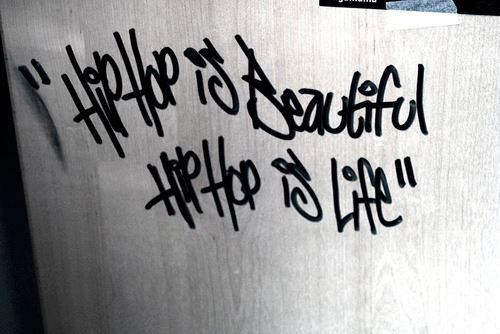Wildenger, K., & McIntyre, L. (2010). Family concerns and involvement during kindergarten transition. Journal of Child and Family Studies, 20(3), 387-396.
Transitioning from preschool to kindergarten has been regarded as a “sensitive period” for children (Rimm-Kaufmann and Pianta, 2000). Recent research findings have concluded that early childhood transition experiences may impact later academic and social outcomes (Eckert et al. 2008). Recently, there has been a growing number of research studies in the area of kindergarten transition experiences and effects, but few studies have addressed the parent or guardian perspective in the area (Wildenger and McIntyre, 2010).
Wildenger and McIntyre’s (2010) study on parent concerns and involvement during the transition period between home and kindergarten or preschool and kindergarten aimed to exam transition experiences from the lens of the parents or guardians. They looked at parent concerns during transition, perceived needs during transition, and parent involvement during kindergarten preparation activities.
Results regarding family concerns showed that most parents and guardians had few concerns about their child transitioning to kindergarten (Wildenger and McIntyre, 2010). Where there were concerns, they mostly had to do with sociobehavioral concerns, such as following directions and getting along well with others. The issues of least concern to parents were communicating needs, toileting issues, and the ability to get along with the new teacher (Wildenger and McIntyre, 2010).
In the area of the perception of needs, there was a significant area of need identified by parents and guardians concerning what families could be doing at home to help their have a successful transition experience into formalized schooling. Parents and guardians also listed information on the specifics of the kindergarten program and information about their child’s kindergarten teacher as an area of need (Wildenger and McIntyre, 2010). Although these needs were based on a large number of the participant’s feedback, there was still about one-quarter of the participants that felt they did not have any needs in this area.
The last area that was looked at was the level and type of involvement the parents and guardians had in the areas of formal and informal transition activities that the schools offered. The transition activities offered by the schools ranged in format and in nature. Some examples of the activities included visiting the child’s kindergarten classroom, attending a kindergarten meet the teacher or orientation night, receiving information in the mail about the kindergarten program, receiving a phone call from the kindergarten teacher, and receiving a home visit from the kindergarten teacher (Wildenger and McIntyre, 2010). The researchers found that the most utilized transition activities for the parents were attending a kindergarten open house or orientation and receiving written communication from the kindergarten teacher about the program (Wildenger and McIntyre, 2010). Conversely, parents were least likely to receive a home visit or phone call during the summer transition months.
When looking at the differences in participation in transition activities and socio-economic status, Wildenger and McIntyre (2010), found that total transition involvement was significantly less than for lower socioeconomic groups.
The strengths of this study appear to be the strong focus on parent perspective. It seems that although a significant portion of parent participants reported having needs in the area of information obtainment for transition tips and program details, there were also a significant number of parents that said they did not have any concerns. This indicates to me that in the very least, schools should offer a formalized transition informational event, such as an open house, to be sure that information about program details are communicated. I can also see the value of conducting a home visit during the summer months by the kindergarten teacher. Conducting a home visit would give parents and their child the opportunity to meet and get to know their teacher and also the opportunity to address individual questions or concerns about program details or transition tips. Perhaps for the parents that stated they did not have any concerns about the transition process, a home visit may alert them to some things that they should look out for when they are helping their young one transition into formal schooling. I see this as an educational component about the importance of successful early childhood experiences and some key findings that have proven to be helpful during the transition period. Another argument for making a home visit would be the ability to work around the parents’ schedules and take out transportation and child care as an inhibiting factor.
The issues that I can see arising is that many teachers are not employed in the summer months and even if they are, most teachers do not receive their class rosters for the next school year until just before the school year begins. This has been the case in the school districts that I have worked in. Home visits, just as open houses are, should be a part of the kindergarten teachers back to school contracted hours or it can even be imbedded into a summer transition program that has been created and funded by the school.
References
Ecker, T. L., McIntyre, L. L., DiGennaro, F. D., Arbolino, L., Begeny, J., & Perry, L.J., (2008). Researching the transition to kindergarten for typically developing children: A literature review of current processes, practices and programs. In D. H. Molina (Ed.), School psychology: 21st century issues and challenges (pp. 235-252. Hauppauge, NY: Nova Science Publishers.
Rimm-Kaufman S., & Pianta R. (2000). An ecological perspective on the transition to kindergarten: A theoretical framework to guide empirical research. Journal of Applied Developmental Psychology, 21(5), 491-511.
Wildenger, K. & McIntyre, L. (2010). Family concerns and involvement during kindergarten transition. Journal of Child and Family Studies, 20(3), 387-396.
